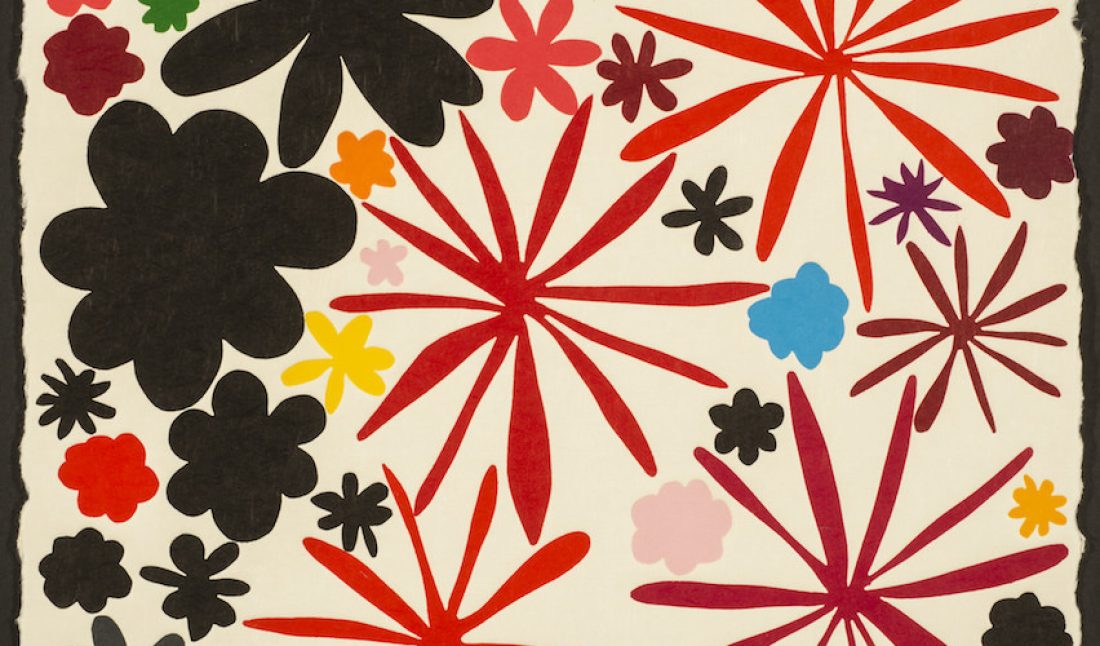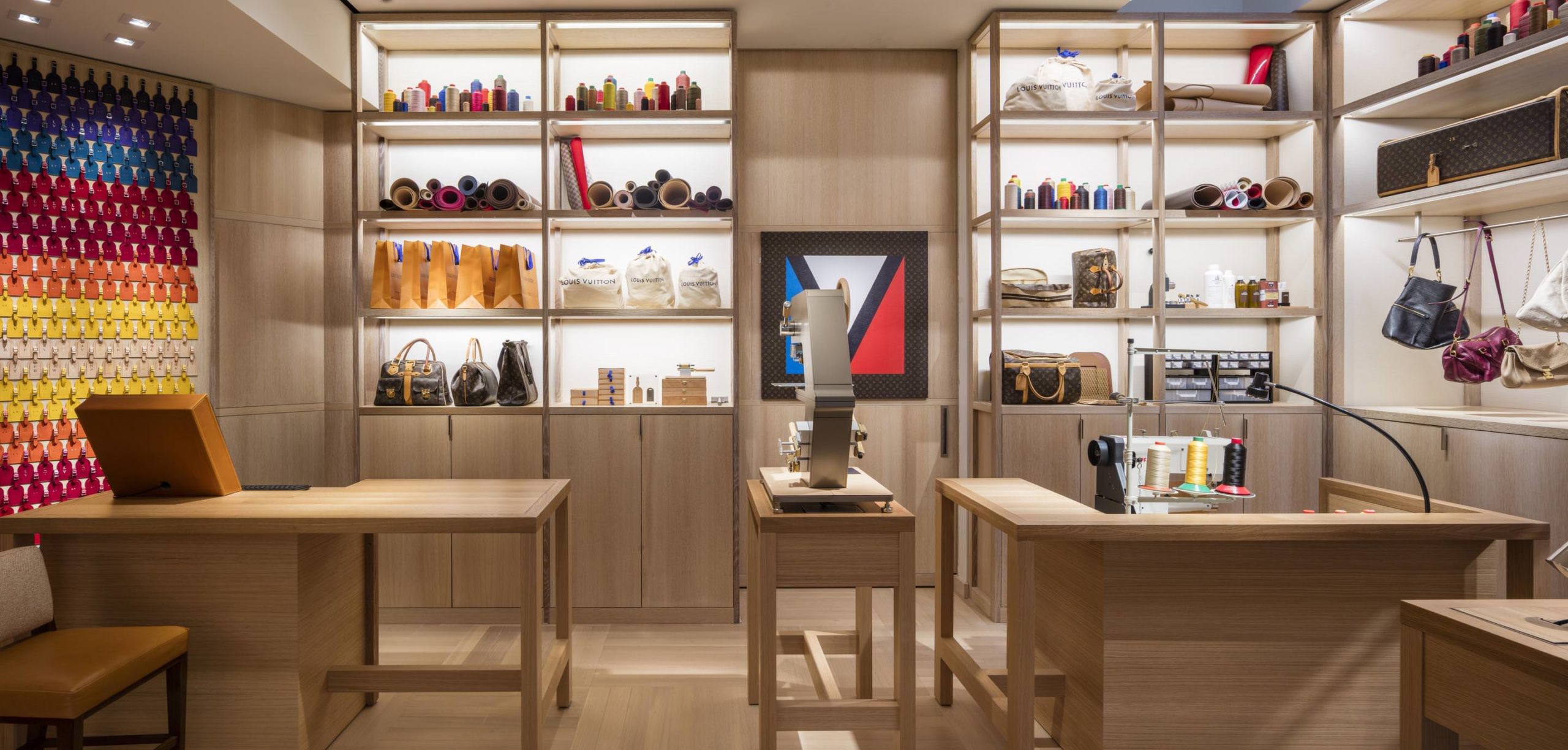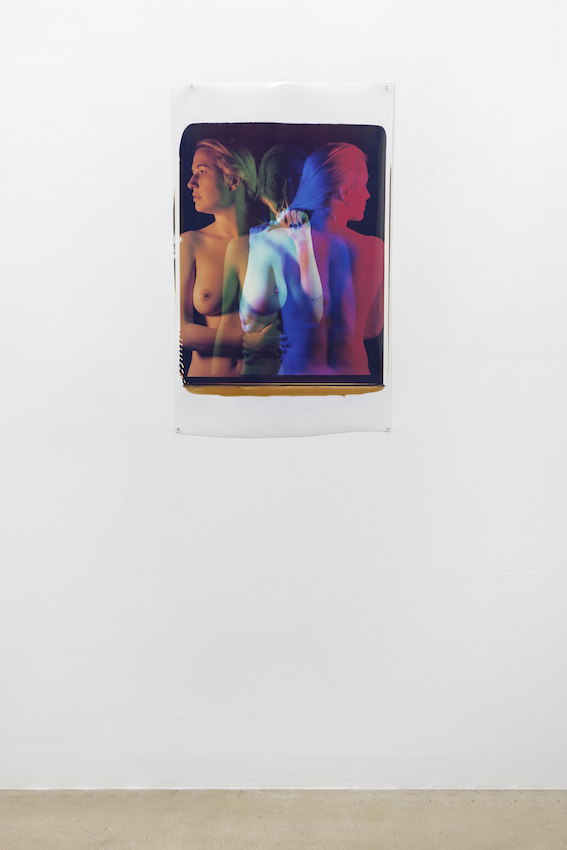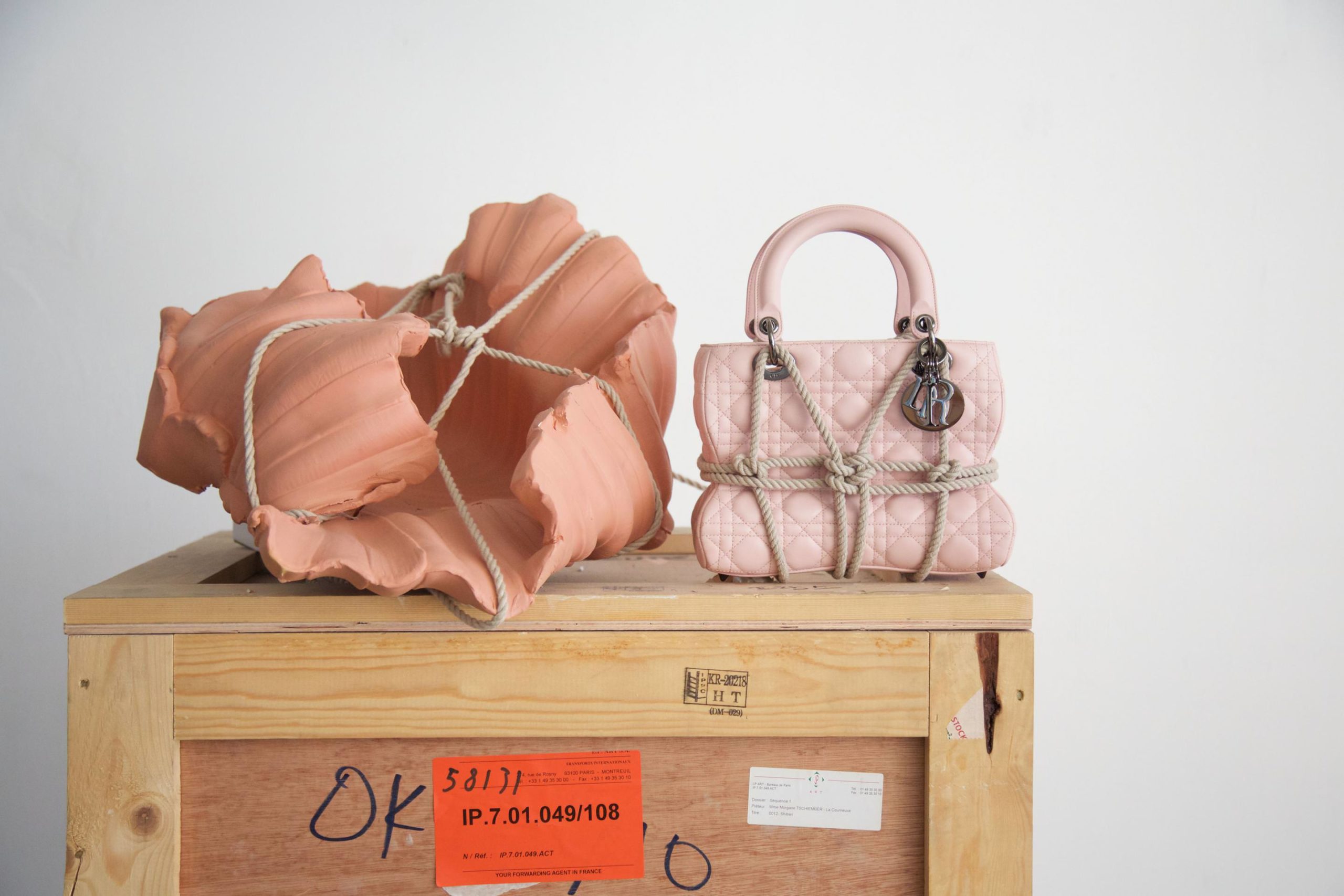On March 1, the National Museum of Women in the Arts (NMWA) in Washington D.C. launches its second annual #5WomenArtists social media campaign for Women’s History Month. Last year, more than 370 institutions around the world embraced the initiative asking people, “Can you name five women artists?” The project went viral, sharing over 3,300 Instagram posts and 23,000 tweets.
NMWA is the only museum dedicated to collecting, exhibiting, and supporting only women artists. Founded in 1987, its current director Susan Fisher Sterling joined just a year later as a junior curator. With programming like “Women, Arts, and Social Change” and the yearly conversation “Righting the Balance,” the institution is elevating the role of female creators in the U.S. and beyond. We spoke with Sterling about NMWA’s 30th anniversary.
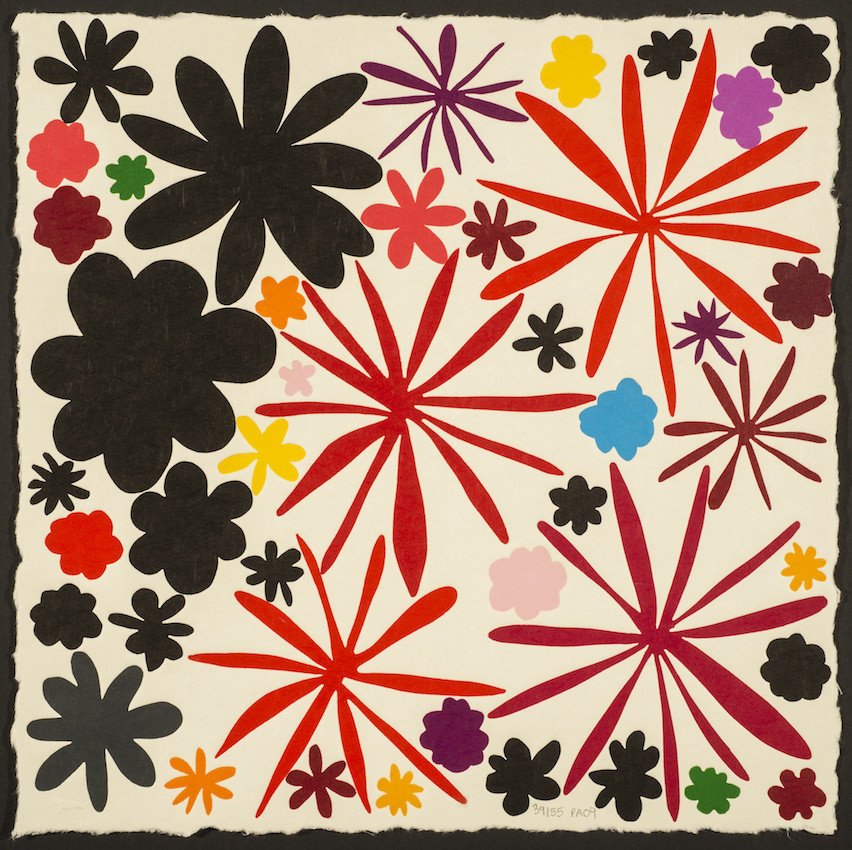 Polly Apfelbaum, Night Flowering, 2009; Woodblock print on handmade paper, 15 x 15 in.; Gift of Steven Scott, Baltimore, in Honor of National Museum of Women in the Arts Chief Curator Kathryn A. Wat and the Twenty-fifth Anniversary of the National Museum of Women in the Arts; Photo by Lee Stalsworth; © Polly Apfelbaum
Polly Apfelbaum, Night Flowering, 2009; Woodblock print on handmade paper, 15 x 15 in.; Gift of Steven Scott, Baltimore, in Honor of National Museum of Women in the Arts Chief Curator Kathryn A. Wat and the Twenty-fifth Anniversary of the National Museum of Women in the Arts; Photo by Lee Stalsworth; © Polly Apfelbaum
WHITEWALL: When did you join the National Museum of Women in the Arts?
SUSAN FISHER STERLING: I started at the museum in 1988 as the junior curator, so I have been a part of the museum since a year after it opened to the public. Which is odd for a contemporary curator, I know. But sometimes you find a place and you understand what it’s about and it worked really well for me.
I suspected we’d be further along, in all honesty. When I first took this job, I actually thought that in 10 years the problem [of equal representation of women in the arts] would be solved and we’d be part of the Smithsonian. But that’s not how it worked.
WW: You had the idea that so much more would happen in 30 years, not just in the museum’s programming but the overall art world?
SFS: Yes, I believed that because the museum was part of that trajectory of the women’s movement, creating the very important space where woman artists can be valued and celebrated. And there has been a lot of change. We see the progress, but it’s still a bit anecdotal and certainly not the equitable centeredness that I had anticipated. But it means I’ll have a job for a while!
WW: It feels like there is a moment now of female artist shows in major museums.
SFS: The years ago did a wonderful piece, back when New York City still had train tokens for the subway, Top Ten Signs That You’re An Art World Token [1995]. I think that still happens certainly for women and also for minorities and people of color. As an institution, it’s a problem that we’ve recognized since the beginning of the millennium. The idea that you can be multi-cultural, but you don’t see the individual for who they really are. You see them as representing a group of people. You love the work, don’t get me wrong, but it checks the box off. Almost like in a census, and that’s not really the right way to do this.
WW: So how do you check that as a museum?
SFS: I think we do but it seems a little more natural for us. That might be because that’s what our values are about. Around our 25th anniversary, we took a look back to our mission and we realized we were at about 20 percent in terms of representation of women of color in our exhibitions. But even that’s not great shakes. We need to do more. And we really needed to work on our collection. But there was the recognition that we’re at least at a level that is higher than most other institutions. It’s an ongoing challenge.
WW: With NMWA’s 30th anniversary, I imagine the milestone is a combination of looking back and looking ahead to the next 30 years. Where would you like like to see the museum and the presentation of female artists go?
SFS: We’ve already started that going, if you will. The Women, Arts, and Social Change public program allows us to bring in a lot more artists over a period of a year than you can do with your exhibitions. It also allows us to bring in a lot of different people across spectrums, like Gabriel Ann Maher from Netherlands who identifies as trans. With her, we talked about genderless design along with Alice Rawsthorn. We offered it as an adjunct to our “Pathmakers” show [October 30, 2015–February 28, 2016] and it was more topical than we expected. That was the same time that North Carolina was having the bathroom debate. So in that sense, we were looking at something that was important to us as a women’s museum—how do you define yourself as a women’s museum and what does it mean to have genderless design in our own midst?
Then we had a panel about righting the balance in the art world, which comes up an awful lot. We had Simone Leigh, Ghada Amir, one the Guerrilla Girls Alma Thomas. That kind of programming is a much faster pace than exhibitions, which take two to three years to develop, fund, and put on.
One of the things we’re focused on is making sure that artists and women are part of the bigger discussions around social change. The artists are there, the women are there, but in the research we did up to this project, we found that when women and social change were talked about, the arts were totally left out. It was mostly men talking about the arts and social change. So we figured we found a sweet spot with this kind of programming and based on the response we’ve received, that is proof of concept for us. Hopefully we’ll do seven to 10 years of this kind of programming. I think given the [new] administration here in Washington, that kind of programing will continue to resonate.
WW: Can you tell us about the #5WomenArtists social media campaign that launched last year, and will kick off again in March for women’s history month?
SFS: The campaign we started last year was really grassroots. We asked, “Can you name five women artists?” It was a campaign for women’s history month and turned out to be wildly successful. It was a very simple question, but it doesn’t have an answer that is terribly simple. It gives us the opportunity to spark real conversation. We had lots of other institutions that joined with us last year, almost at an ad-hoc basis, and we already have over 110 cultural organizations that are going to join with us to continue this idea of increasing gender parity.
It’s not just for the United States, either. This question of gender balance is also for institutions abroad. There are these sine waves when it comes to women in the arts and every 10 years or so we get a big bump. It’s because of the difficulty of making progress, creating space of parity. We want to ride that sign wave and make sure that we can do as much as we can in the next seven years to keep that issue front and center. We have a major network of national and international committees that work for the recognition of women in the arts everywhere to help foster presentations of women artist and work with local and national institutions. You want to be able to create a holistic network of programs and projects where the arts are central and women are being put forward.
WW: Locally, how do you see your role as an institution in D.C.?
SFS: It’s still about maintaining the integrity of the core values of being champion of women through the arts. The idea of innovating is important to us. We are, and have always been non-partisan. Our board has always included Independents, Democrats, Republicans, and non-believers. We’re still an institution that believes in cooperation and coalition. I do see that as a feminist model, if you will, and I think we always want to run off of that model of sharing and being open—making sure that people of different beliefs can come together here. They might not always understand what they see here, they may not always believe in what they view, but they can come.
We’re trying harder on the side of breaking down barriers. We’re pretty fancy looking on the inside, and we haven’t yet figured out how to get over that barrier of looking rich and elite. That’s a problem for us to solve. What feels comfortable for all is an interesting challenge. It’s like what happens with women, that notion of beauty always comes into play and we have to be able to negotiate that question.
“Border Crossing: Jami Porter Lara” is on view through May 14; “Chromatic Scale: Prints by Polly Apfelbaum” is on view March 10—July 2.






